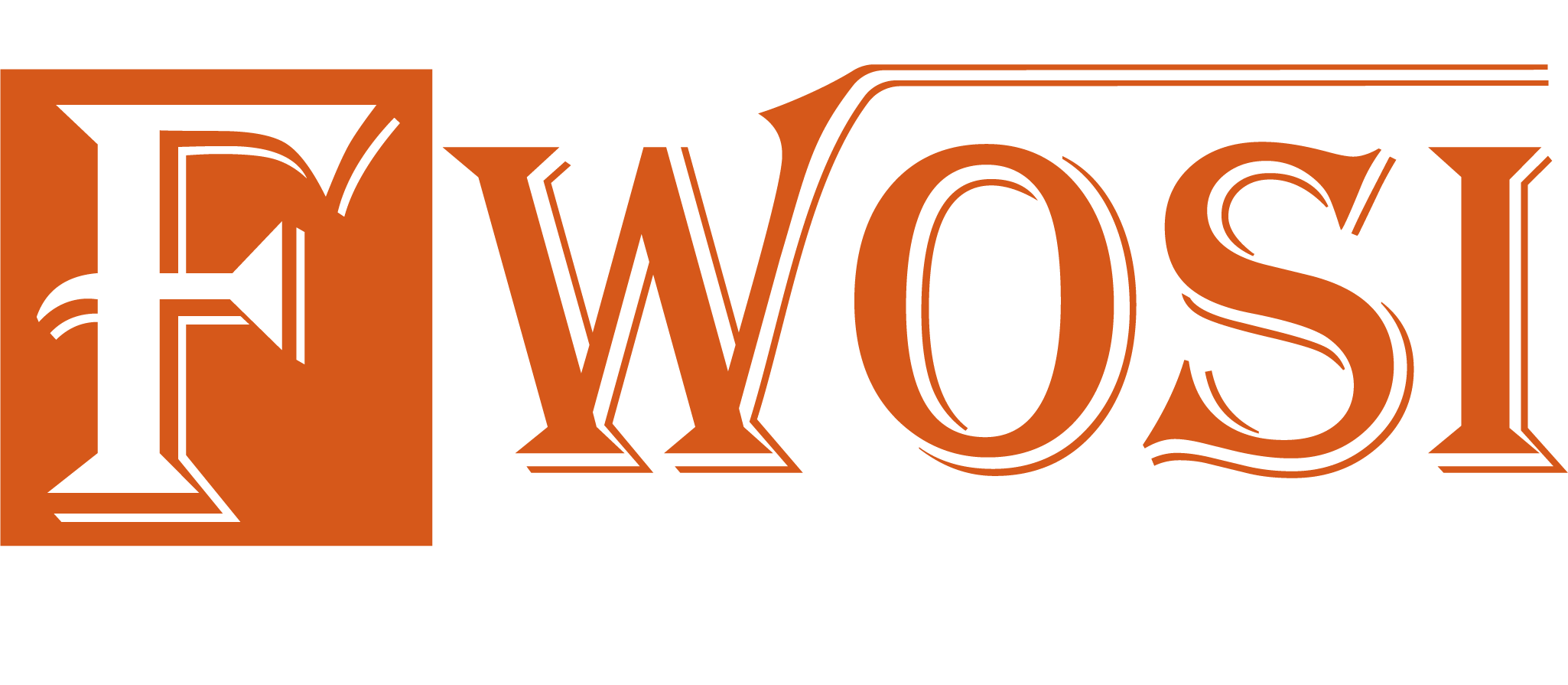Introducing the Legendary Gurkha Khukri: A Full Overview
Introduction

The Gurkha Khukri is more than just a blade; it is a symbol of Nepalese heritage, bravery, and craftsmanship. This curved knife has played a crucial role in Nepalese history and continues to be a revered tool for military personnel, outdoor enthusiasts, and collectors worldwide.
Origins and History

The origins of the Khukri weapon trace back centuries, with some theories suggesting it evolved from blades used by the ancient Malla dynasty in the 13th century. Historical artifacts, including Khukuris over 500 years old, are displayed in the National Museum of Nepal.
Some even link the knife to Drabya Shah, the founder of the Gorkha Kingdom in 1627 AD. However, other sources argue that the Kiratis, who ruled Nepal before the Lichchhavi era in the 7th century, first wielded this iconic blade.
Regardless of its exact origin, the Khukri is the national knife of Nepal, deeply embedded in the culture and traditions of the Nepalese people. More than a weapon, it serves as an all-purpose tool for the Gurung, Magar, Rai, and Limbu ethnic groups, who have relied on its utility for centuries.
Whether used for daily chores, survival, or ceremonial purposes, the kukri khukuri remains an enduring symbol of Nepalese resilience and craftsmanship.
Kukri Knife Characteristics
1. Blade:
- Curved Design: The most distinctive feature of the kukri is its forward-curved blade, which enhances its chopping and cutting efficiency. This unique curve allows for powerful, clean cuts with less effort.
- Broad Blade: The kukri has a wide blade that increases its effectiveness in tasks like chopping wood and clearing vegetation. This broadness makes it versatile for various uses.
- Hardened Edge, Softer Spine: The kukri’s blade is carefully crafted with a hard, tempered edge for precision cutting, while the spine remains softer to absorb impact and reduce the risk of breakage during heavy use.
- Distinctive Notch: A characteristic notch near the handle, often compared to the shape of a cow’s hoof, serves practical purposes. It helps prevent sap and blood from dripping onto the handle, ensuring the knife remains secure and functional.
- Material: Traditionally, kukri blades are forged from high-quality spring steel, known for its durability, strength, and ability to maintain a sharp edge.
2. Handle:
- Materials: The handle of a kukri is typically made from sturdy hardwood or buffalo horn, offering a firm grip and long-lasting use.
- Fastening: The handle is often secured using laha, a natural tree sap also known as Himalayan epoxy, which ensures a strong bond between the blade and handle.
Other Features:
- Dual Purpose (Utility & Weapon): The kukri is renowned for its versatility. While it serves as a reliable tool for everyday tasks such as chopping and cutting, it is also a weapon of choice, especially among the Gurkha soldiers.
- Cultural Significance: More than just a functional tool, the kukri holds deep cultural importance in Nepal. It symbolizes strength, courage, and loyalty and is revered as an emblem of Nepalese heritage.
- Gurkha Association: The kukri is closely tied to the Gurkhas, elite soldiers known for their remarkable skill and bravery in battle. The kukri is their iconic weapon, representing their fearless and honorable nature.
- Accessories: The kukri often comes with a protective sheath and may also include a small utility knife (called a karda) and a knife sharpener (chakmak) for maintaining its edge during field use.
Types and Styles

Gurkha kukri khukuri are made to order to fit a range of needs and tastes. They are available in several sizes and shapes. There is a Khukuri to fit every requirement and preference, ranging from the smaller, more streamlined 'bhojpure' Khukuris that Gurkha warriors choose for their combat mobility to the larger, more elaborate 'kothimora' Khukuris that are frequently used for ceremonial and decorative purposes.
Cultural Significance

Gurkha Khukuris are extremely important to the Nepalese people culturally, even beyond their practical use. They are treasured as family treasures handed down from generation to generation and are frequently given as gifts for honoring significant life events like marriages, anniversaries, and graduations. Khukuris also play a significant role in religious rites and cultural practices, signifying bravery, protection, and strength.
Enduring Legacy

It is obvious when reading through the Gurkha Khukuri's entire introduction that these fabled swords are more than just weapons; they are representations of bravery, honor, and tradition. Gurkha Khukuris never cease to enthrall and inspire us with their unmatched craftsmanship and rich history, serving as a constant reminder of the unwavering spirit of the Gurkha soldiers who held them with strength and determination.
Conclusion

To sum up, the Gurkha Khukuris are evidence of the Gurkha people's rich cultural legacy and enduring legacy. Whether they are treasured as priceless heirlooms, appreciated for their amazing craftsmanship, or respected for their amazing fighting capability, these classic blades will always have a particular place in the hearts and minds of fans and collectors everywhere.
Explore our full collection of machete swords, including Kukris, Viking axes, and more, to find the perfect blade for your needs!
FAQs
What is the difference between a Khukuri and a Kukri?
Both terms refer to the same Nepalese knife, but 'Khukuri' is the original Nepali spelling.
Can a Khukuri be used for survival?
Yes, its versatility makes it an excellent tool for camping, woodcutting, and self-defense.
Why do Gurkhas use the Khukuri?
It is their traditional weapon, symbolizing bravery and loyalty.
Is it legal to carry a Khukuri in the USA?
Laws vary by state; always check local regulations before carrying one in public.
What is the best way to sharpen a Khukuri?
Using a whetstone and maintaining the correct angle ensures a sharp edge.

